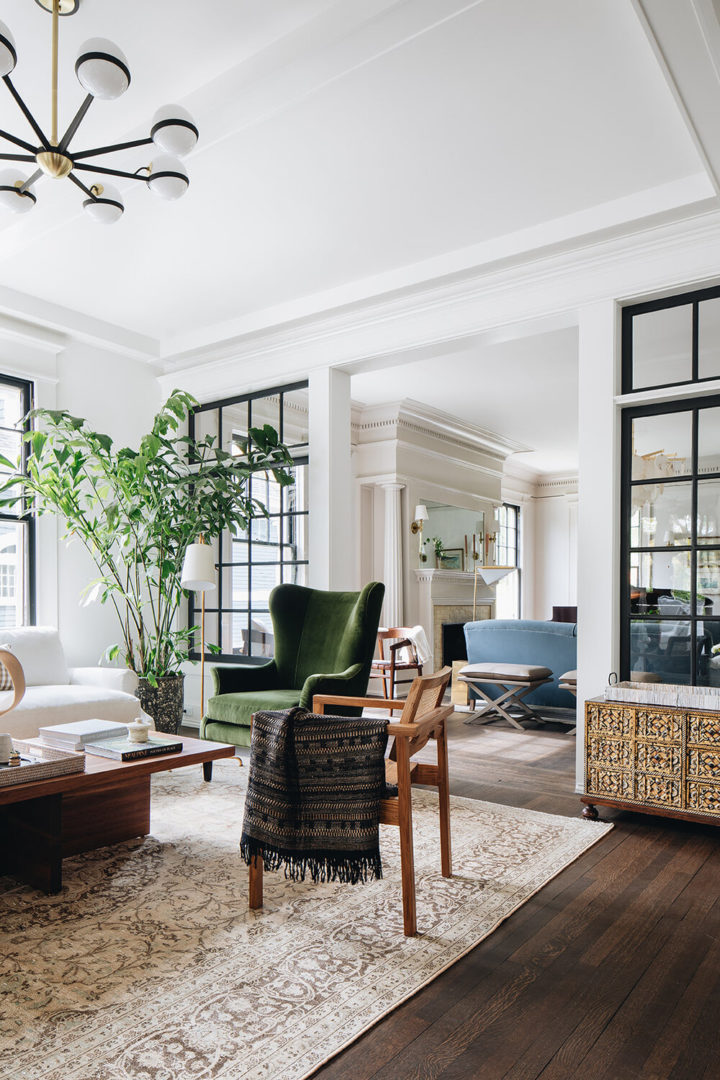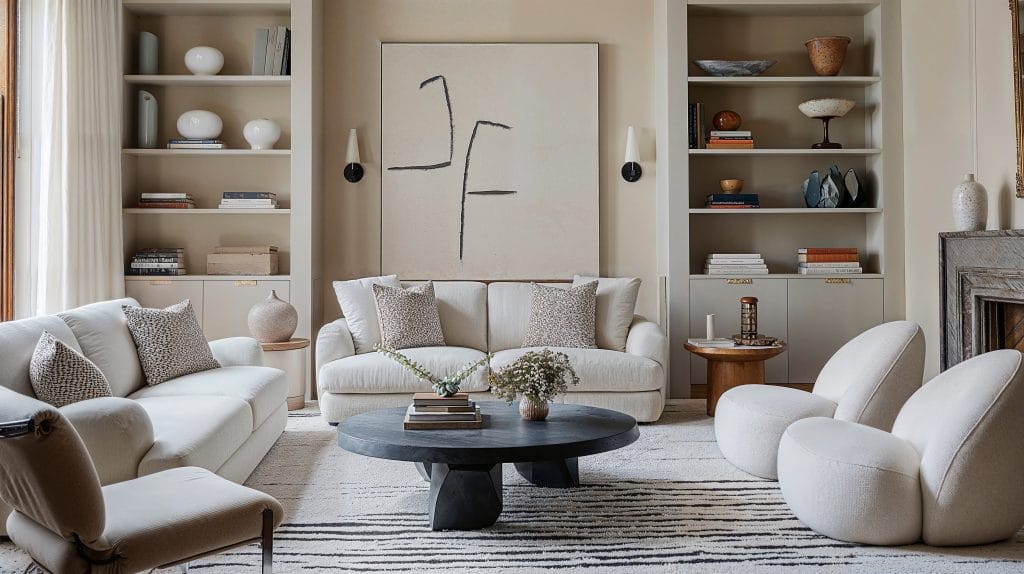Change Your Home With Important Principles of Inside Layout and Visual Appeals
By understanding the impact of shade theory and the importance of texture and patterns, one can develop areas that are not only aesthetically attractive but also deeply individual. Achieving this equilibrium includes even more than mere design; it encompasses a critical plan and a keen understanding of just how each aspect communicates within a room.
Comprehending Shade Theory
Color theory is a fundamental element of interior decoration that considerably affects mood, assumption, and overall visual. Understanding the concepts of color theory permits designers to develop spaces that reverberate emotionally with passengers while fulfilling practical requirements (miami luxury interior design). Shades can be categorized right into 3 primary kinds: primary, additional, and tertiary. Each group plays an important duty in establishing harmony within a room.
The emotional effect of colors is profound; cozy tones such as reds and oranges evoke energy and warmth, while trendy tones like blues and greens promote calmness and harmony. The usage of corresponding shades boosts aesthetic interest, creating striking contrasts that can raise a space's charm.
Neutral shades, on the various other hand, offer as a functional background, permitting other design elements to shine. It is necessary to consider elements such as lights and the area's objective when picking a shade scheme, as these can modify the understanding of colors throughout the day.
Eventually, a well-considered color design can transform a room, cultivating a feeling of comfort and style that aligns with the inhabitants' choices. Proficiency of shade theory is, therefore, a vital ability for any kind of indoor designer aiming to develop harmonious and inviting settings.
Achieving Balance in Layout
Exactly how can designers achieve a feeling of balance in their spaces? Attaining equilibrium in design is basic to producing harmonious insides. Developers can utilize 3 main kinds of equilibrium: in proportion, asymmetrical, and radial. Balanced balance involves setting up aspects evenly around a main point, cultivating a sense of order and peace. This type frequently includes pairs of furniture or art work, improving aesthetic stability.
Asymmetrical equilibrium, on the other hand, counts on differing aspects that still achieve a cohesive appearance. This method permits more vibrant and casual plans, giving interest while keeping equilibrium. By very carefully selecting varying dimensions, colors, and appearances, developers can produce an aesthetically compelling room that feels well balanced yet energised.
Radial balance highlights a main prime focus with elements radiating exterior. This style is typically seen in round formats, where furniture and design produce a natural border that attracts the eye inward.
Eventually, accomplishing equilibrium calls for thoughtful factor to consider of scale, proportion, and the relationships between aspects. miami interior design. By masterfully using these equilibrium concepts, developers can change spaces into environments that feel both aesthetically pleasing and functionally harmonious, enhancing the general experience for residents
Value of Spatial Understanding

An eager feeling of spatial recognition allows designers to identify focal points within a space, directing the customer's focus to key functions while preserving a general feeling of unity. It likewise helps in the calculated positioning of illumination, which can significantly influence the perception of area and state of mind. Recognizing spatial connections enables the designer to provide to the certain requirements of residents, ensuring that each location offers its desired function without compromising visual appeals.
Ultimately, spatial recognition is vital for making best use of the possibility of any type of indoor area. By thoroughly considering the interaction between measurements, layout, and feature, designers can develop atmospheres that not only satisfy useful needs however additionally evoke a feeling of comfort and elegance, improving the total living experience.
Integrating Appearance and Patterns
Accepting a varied variety of appearances and patterns can substantially enhance the visual and responsive appeal of an indoor space. The calculated use of different materials-- such as timber, metal, textile, and stone-- develops deepness and rate of interest, making a room really feel a lot more inviting and vibrant. Combining smooth surfaces with harsh appearances can establish an equilibrium that attracts the eye look at this web-site and engages the senses.
When integrating patterns, take into consideration both scale and repeating. Huge patterns can act as centerpieces, while smaller sized, refined layouts can complement other components without overwhelming the area. Layering patterns, such as pairing flower cushions with striped tosses, adds complexity and a feeling of consistency if executed thoughtfully.
It is likewise vital to preserve a cohesive color palette, ensuring that textures and patterns collaborate instead than contend for attention. By selecting a couple of vital structures and patterns, you can produce a combined aesthetic that mirrors your individual style while enhancing the total atmosphere of the space. Ultimately, the mindful unification of these aspects can transform an ordinary area into an innovative setting rich with personality and heat.
Customizing Your Space
Developing an area that reflects your individuality is important to achieving an absolutely inviting setting. Customization in interior decoration enables you to instill your special style and interests right into your home, changing it from a mere i was reading this sanctuary into a shelter that speaks with that you are. Begin by selecting a shade palette that reverberates with your emotions-- vibrant shades can energize, while soft tones offer harmony.
Incorporate art work and decor that show your passions, whether it be travel, nature, or abstract principles. Showing individual collections, such as books, photos, or souvenirs, can evoke valued memories and create centerpieces within a space. In addition, think about tailoring functional pieces, like upholstered furnishings, to align with your aesthetic choices.

Final Thought
To conclude, the change of a home with the essential principles of interior decoration and visual dig this appeal requires a thorough understanding of shade theory, balance, spatial understanding, structure, and customization. Each component contributes substantially to developing an unified and functional living environment - Architecture Firm. By attentively incorporating these concepts, individuals can enhance the visual charm and psychological vibration of their rooms, inevitably cultivating a home that mirrors unique identities while providing comfort and practicality